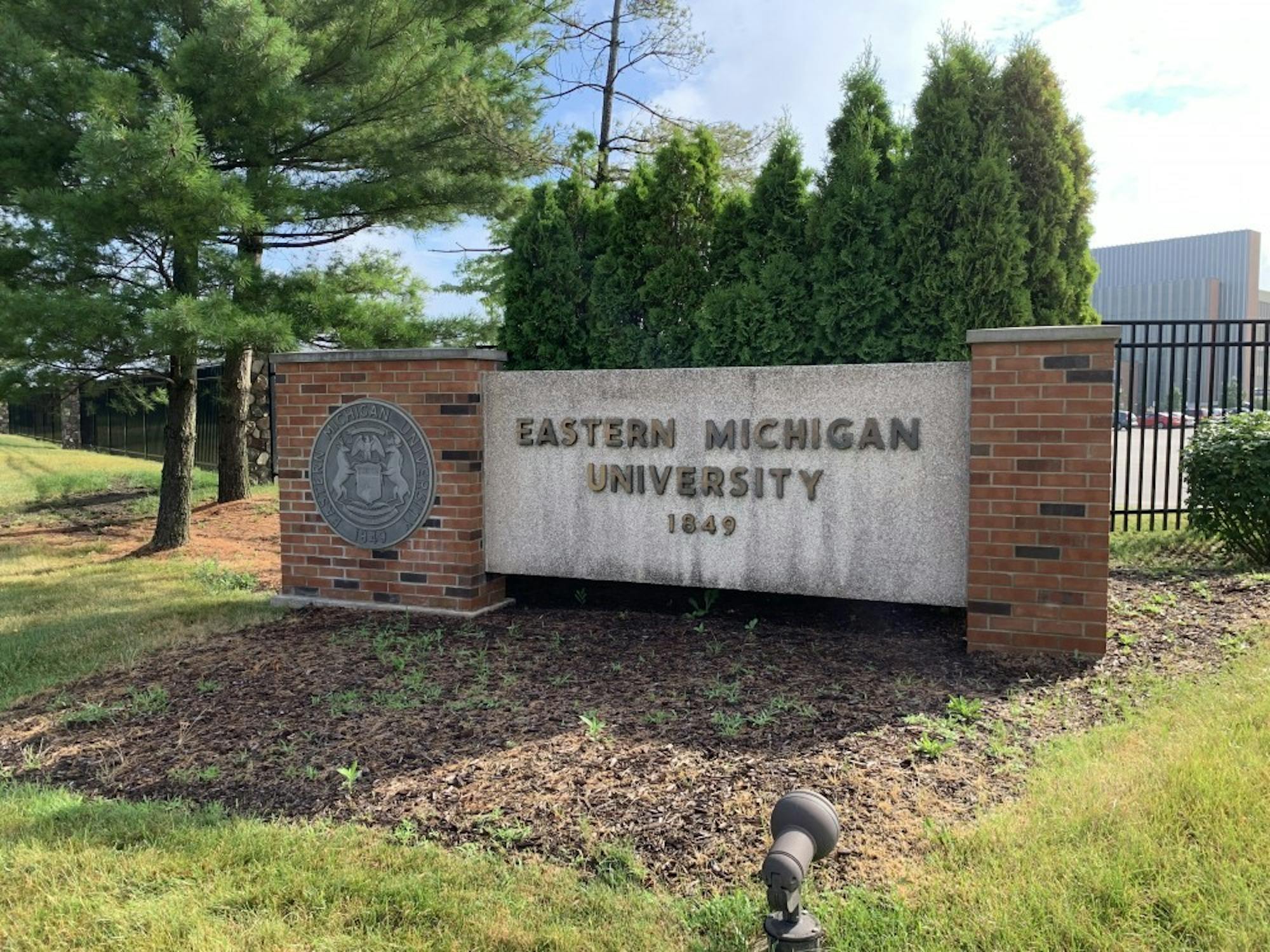Eastern Michigan University’s decision to spend $55.7 million in student financial aid for the 2023-24 academic year marks a 6% increase in funding since 2013.
The university spent $52.6 million on financial aid in 2022-23. Eastern reported an enrollment of 14,048 students during the fall 2022 semester.
“We proudly embrace our distinct mission as an institution of opportunity,” President James Smith said in a written statement following the board’s decision. “This effort to reduce the cost of higher education, while providing outstanding academic and career-building opportunities, exemplifies our dedication to supporting students and their families.”
EMU regents approved the new expenditure June 22, on Smith's recommendation, as part of the university’s overall general fund operating budget of $316 million.
Smith said increased spending on student aid serves the university’s mission. First, by providing all students the opportunity for higher education, regardless of economic or social status. Secondly, he said, by lessening the burden of earning money for college, students can focus on civic engagement and social responsibility goals.
Eastern’s mission statement includes the goal of developing civic responsibility among its graduates.
Junior political science major Estelle Hackos praised the decision.
"The increase in financial aid funding means the world to me," Hackos said. "It's not just about reducing the cost of higher education, but also about the university's commitment to providing equal opportunities for all students, regardless of their economic or social status.”
Eastern has long focused on creating a diverse learning environment, as well, partly through a Come as You Are recruiting campaign featuring students from different ethnic backgrounds.
The U.S. Supreme Court released a ruling June 29 that put a stop to affirmative action programs for minority students. The court ruled 6-3 that race cannot be part of a college admissions process.
Smith said Eastern has long focused on fostering a diverse living and learning community without relying on specific enrollment opportunities.
“We have every expectation that Eastern's deep and impactful diversity work will continue for decades to come,” Smith said in a statement released after that court ruling.
Smith said the increase in student aid is part of that diversity focus.
Hackos said the university's focus on diversity is important.
“I am proud to be part of a diverse learning community that values inclusivity and understands the importance of supporting students from all backgrounds," Hackos said. "This investment in student aid truly reflects EMU's mission and its commitment to creating a brighter future for all of us."
A report by the Economic Policy Institute, indicated that financial hurdles often obstruct access to high-quality education and disproportionately affect lower-income and minority communities.
The cost to attend Eastern is about $30,000 a year, according to university financial statements. The average cost of a college education nationwide is about $37,000 a year, reported the National Center for Education Statistics.
Financial aid proponents argue that students benefit from the assistance on a number of fronts: First, by putting money into students' education, universities provide the opportunity for students to develop the skills they need for long-term employment. Additionally, financial assistance allows students to spend time on civic activities, including volunteerism and community service.
Universities around the globe, including Eastern, contend that civic engagement is a vital part of a college education. In a journal article titled Making a difference? Student volunteerism, service learning and higher education in the USA, college lecturer John Mohan said commitment to community involvement fosters social cohesion and a sense of shared responsibility within those communities. Mohan is a lecturer at Queen Mary and Westfield College in London, England.










